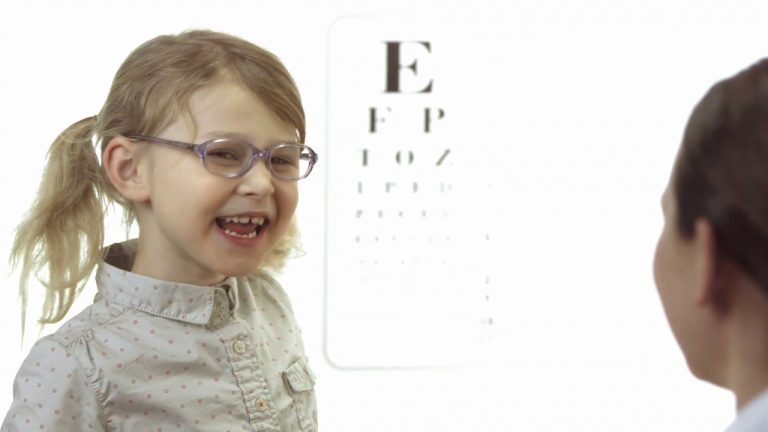Unlock the Best Vision Insurance Coverage for Pre-existing Conditions: Tips and Insights
As we age, our eyesight tends to deteriorate. While some may feel that this is just a natural part of the aging process, others may have a pre-existing medical condition that is causing their vision to worsen. Pre-existing conditions can include things like diabetes, high blood pressure, and even cataracts.
In many cases, people who have pre-existing conditions may feel discouraged when it comes to finding vision insurance coverage. However, it is important to note that there are options available for those who need it most. Understanding your options and taking advantage of the resources available to you can help ensure that you receive the vision care that you need.
Types of Vision Insurance Coverage
When it comes to vision care, there are generally two types of insurance coverage available: vision benefits packages and standalone vision insurance policies. Vision benefits packages are often included in health insurance plans, while standalone vision insurance policies can be purchased separately.
Vision Benefits Packages
Many health insurance plans offer vision benefits packages as an added perk to their customers. These packages can include basic vision services such as eye exams, glasses, and contact lenses. However, coverage for pre-existing conditions may vary depending on your specific plan.
It is important to read the fine print of your insurance policy to understand what is covered and what is not. If you have a pre-existing condition, you may need to submit additional documentation to prove that the condition existed before you enrolled in the policy. In some cases, you may also need to pay a higher premium in order to receive full coverage.
Standalone Vision Insurance Policies
For those who do not have access to vision benefits through their health insurance plan, standalone vision insurance policies may be a viable option. These policies are specifically designed to cover vision-related expenses such as eye exams, glasses, and contact lenses.
Most standalone vision insurance policies offer coverage for pre-existing conditions. However, the exact terms of coverage may vary depending on the provider and the specific policy. Some policies may require a waiting period before coverage for pre-existing conditions kicks in, while others may offer no restrictions at all.
Conclusion
If you have a pre-existing condition that is affecting your vision, it is important to understand your options when it comes to vision insurance coverage. Whether you have access to vision benefits through your health insurance plan or need to purchase a standalone policy, there are resources available to help you receive the vision care that you need.
Don’t let a pre-existing condition stand in the way of your vision health. Take advantage of the coverage available to you and make regular eye exams a priority. With the right vision care, you can continue to see clearly and enjoy all that life has to offer.
Contents
Most wanted in Hoya Vision:
What brand lenses does Costco use?
Hoya Lens Engravings
Why do my glasses lenses scratch so easily?
Which lens is better Alcon or Johnson and Johnson?
What’s the rarest eye color?
Visionworks Digital Progressive Lenses
Should eyeglasses cover eyebrows?
How to Choose the Right Temple Type for Your Glasses
Workspace Lenses
Hoya Sensity Vs Transitions Xtractive
















